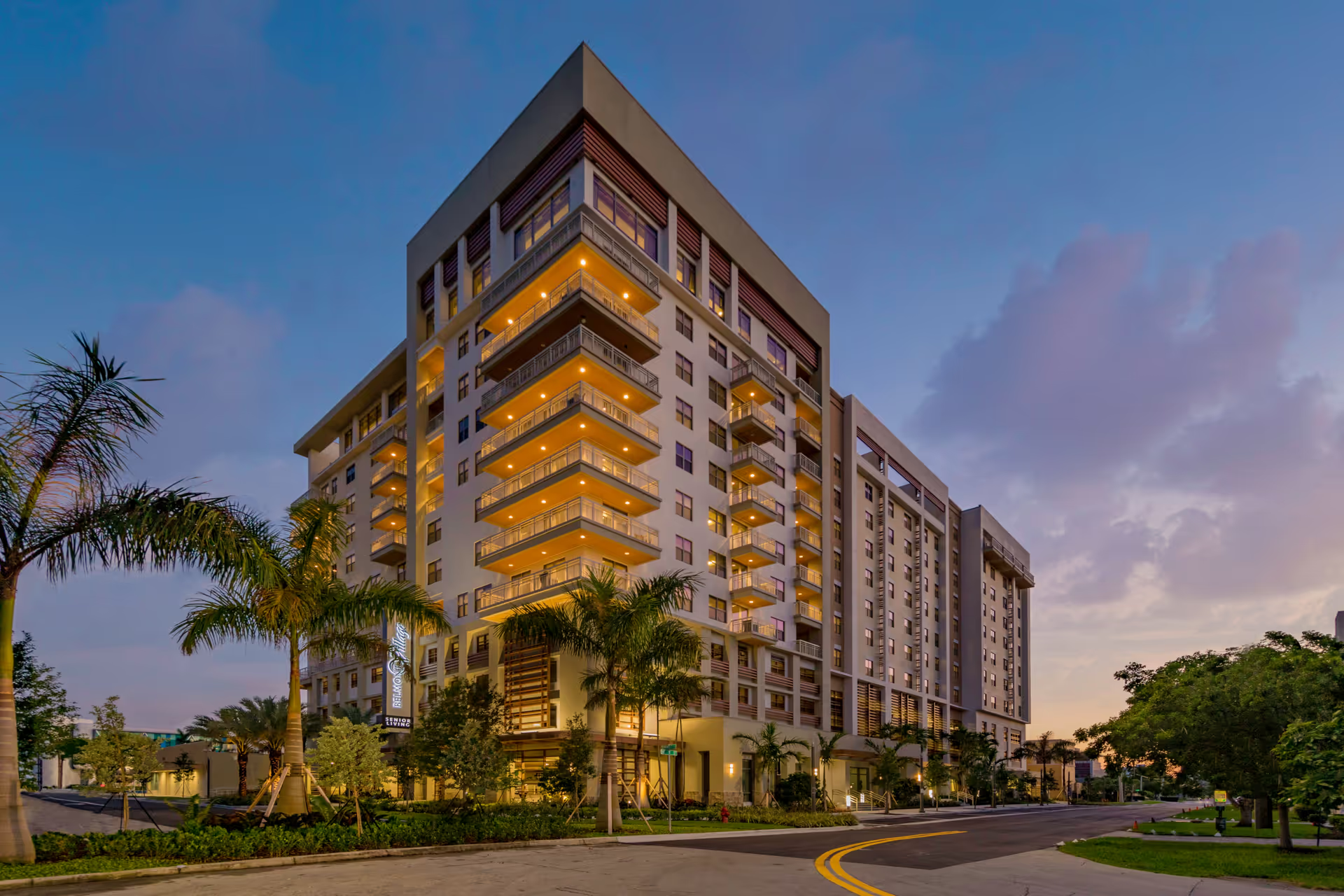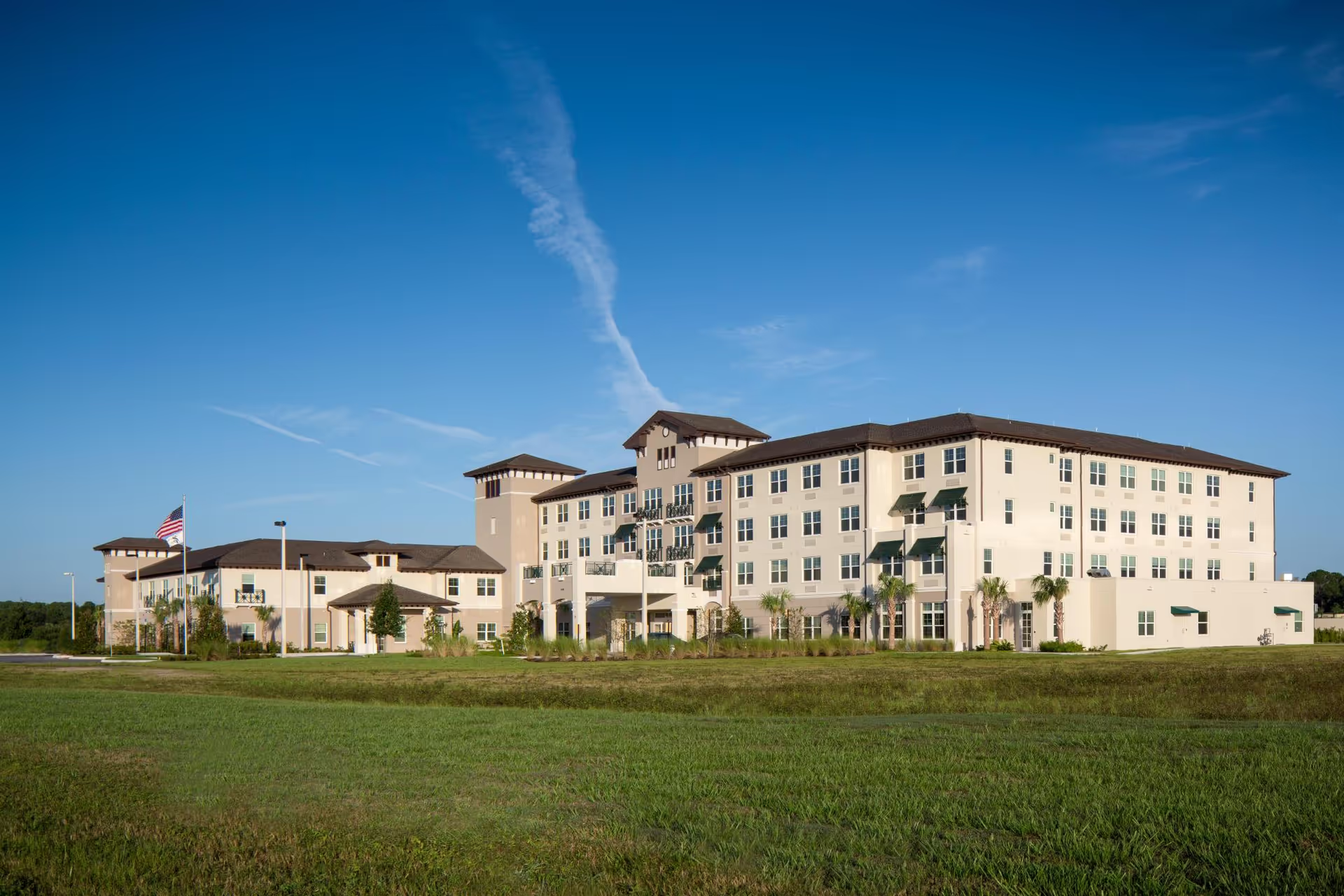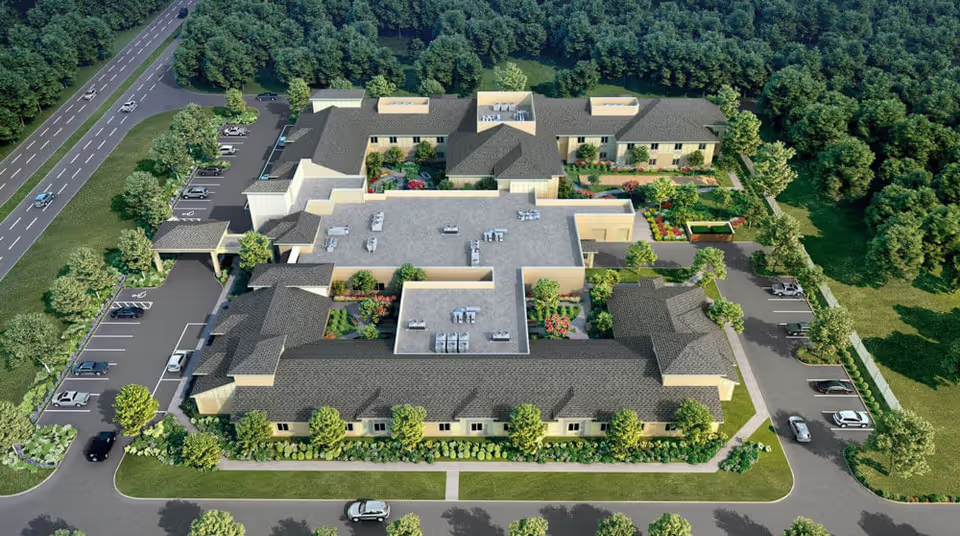Overall sentiment in the reviews is mixed, with strong positives around the physical environment, medical oversight, and examples of compassionate, professional caregiving, but substantive negatives focused on management, billing practices, and inconsistent personal care. Several reviewers praise the facility’s cleanliness, furnishings, and basic amenities (private/semi-private rooms, LED TVs, laundry/housekeeping). Multiple positive comments highlight 24-hour supervision, one-on-one care, an on-site doctor, and licensed dietician oversight — all indicators of an environment set up for clinical oversight and resident safety. Some families explicitly describe the staff as compassionate and the facility as well-run, even highly recommending it. There is also a notable positive about allowing family accommodation to stay around the clock during a resident’s final days, which indicates attention to end-of-life needs and family-centered flexibility in at least one case.
Care quality and daily living: Reviews show a split in experiences. On the positive side, several reviewers note professional, dedicated care staff and individualized attention. On the negative side, there are specific and serious allegations around personal care lapses: residents left in diapers, not being taken to the bathroom or shower, and neglected grooming (hair described as greasy). Those items point to inconsistent execution of basic ADLs (activities of daily living) and personal hygiene protocols. Where care is described as one-on-one and attentive, families are satisfied; where personal care is omitted, families report distressing neglect. This suggests variability in caregiving performance or inconsistent staffing/training on certain shifts.
Staff and management: Staff are described in contradictory ways across reviews. Some families call the staff compassionate and professional; others report management issues, rudeness when asking about late fees, and other customer-service breakdowns. Management-related concerns also include price hikes, extra care fees, and a delayed deposit refund. These administrative and billing problems form a coherent pattern of dissatisfaction distinct from hands-on caregiving — meaning a facility can be clinically competent yet still disappoint families through billing practices and communication. The existence of both praise for “dedicated management” and criticism for “management issues” indicates possible turnover or inconsistency in leadership or differential experiences by time period or by which administrator a family dealt with.
Dining and nutrition: There are conflicting views on meals. Several reviewers praise meals as clean, healthy and delicious with licensed dietician oversight, which is a strong indicator of formal nutritional planning. Conversely, at least one review explicitly calls the meals unappealing. This inconsistency could reflect menu changes, differences between expectation and reality, or variability in meal service (portion, temperature, presentation) across days or residents. The presence of a licensed dietician is a positive structural factor, even if meal satisfaction varies by reviewer.
Activities and quality of life: A notable negative theme is lack of activities and no outside time. Even in a facility with good medical oversight and clean rooms, absence of meaningful activity programs or access to outdoors can significantly reduce quality of life for residents. Multiple reviews indicating no activities or outside time suggest either underdeveloped programming or inconsistent implementation of activity schedules.
Financial and administrative concerns: Several reviewers mention price increases, extra care fees, and a delayed deposit refund. One review mentions rudeness when addressing a late fee. These concrete complaints point to friction around billing transparency and customer service. For prospective residents and families, these are practical concerns that may affect overall satisfaction even when clinical care and facilities are strong.
Patterns and overall impression: The reviews portray a facility that has many structural strengths — cleanliness, on-site medical oversight, dietician involvement, 24-hour supervision, and the capacity to support families at end of life — and also demonstrates reliable housekeeping and room amenities. However, the repeated reports of personal care neglect, lack of activities, and administrative/billing problems are significant and recurring enough to represent real risk areas. The juxtaposition of highly positive endorsements with serious negative incidents suggests variable performance: some residents receive excellent, attentive care in a well-equipped facility, while others experience lapses in basic hygiene, activity engagement, and billing/customer service.
Recommendations for prospective families: Ask specific, documented questions about staffing ratios, bathing/toileting schedules, and how personal care needs are tracked and audited. Request sample activity calendars and documentation of outdoor access. Verify current fees, fee-increase policies, and get refund/billing procedures in writing (including timelines for deposit returns). Meet with management and ask for references from recent families to gauge current consistency. Finally, consider touring multiple times and observing care at different shifts to better detect potential variability in day-to-day personal care and staff interactions.







